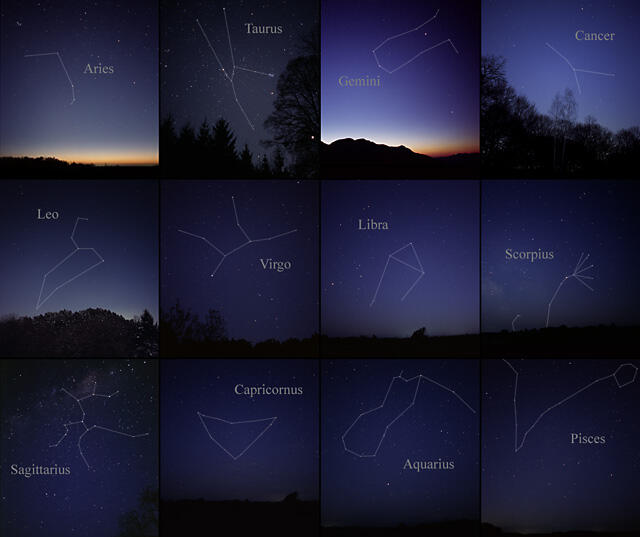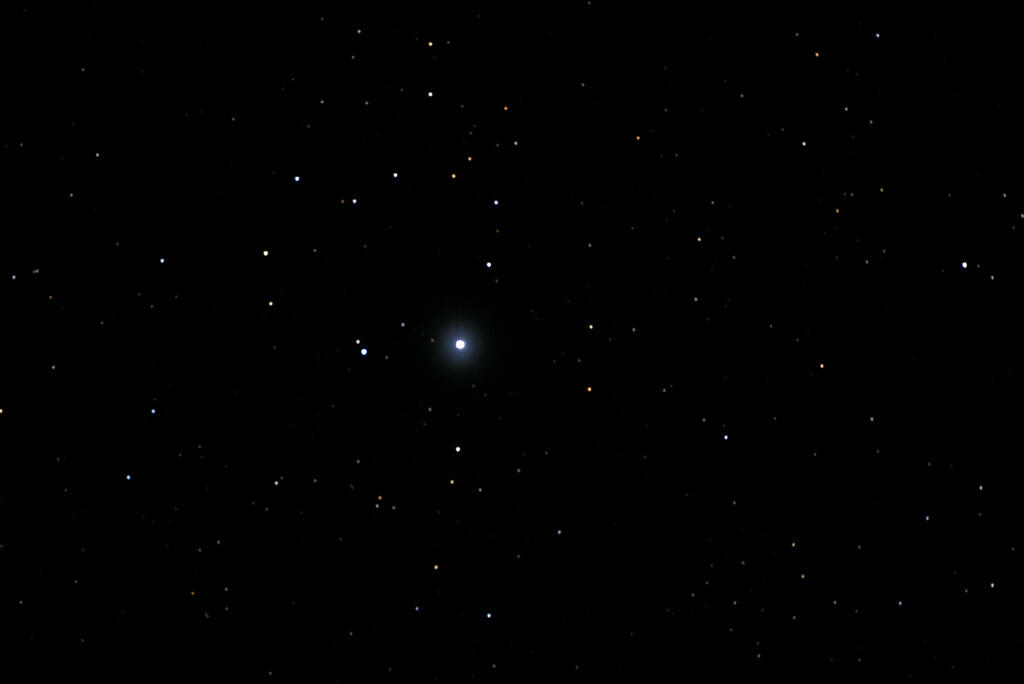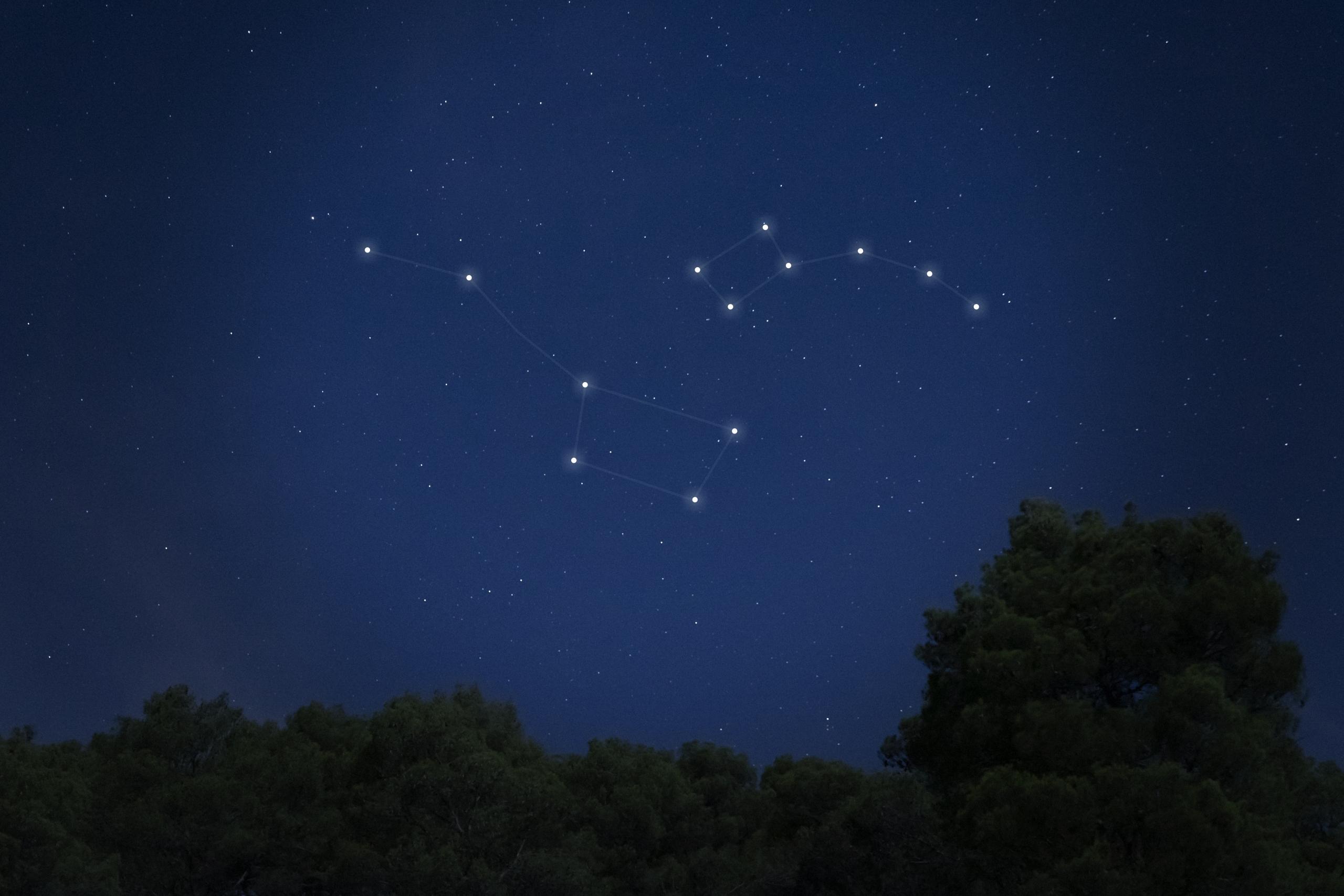Stargazing has fascinated humans for centuries, and constellations are the patterns that help us make sense of the night sky. Some of the most famous constellations include:
- Orion (The Hunter) – Known for Orion’s Belt, three stars in a row.
- Ursa Major (The Great Bear) – Includes the Big Dipper asterism.
- Ursa Minor (The Little Bear) – Contains Polaris, the North Star.
- Cassiopeia – Easily identified by its “W” shape.
- Scorpius – Notable for its curved “tail” of bright stars.
- Leo (The Lion) – Resembles a crouching lion, with Regulus as its brightest star.
Constellations are more than just random clusters of stars; they are an integral part of human history, science, and culture. Each constellation tells a story, often steeped in ancient mythologies and acts as a bridge between the earthbound observer and the vast universe beyond. Whether used to mark the changing seasons, serve as navigational tools, or inspire tales of gods and heroes, constellations have played a crucial role in shaping humanity's understanding of the cosmos.
This article will explore some of the most recognizable constellations in the sky, highlighting their history, mythology, and scientific importance. By understanding these stellar patterns, we not only gain insight into the night sky but also connect with the generations of stargazers who came before us, all of whom looked up and found meaning among the stars. Whether you are an amateur astronomer or simply someone who enjoys gazing at the stars on a clear night, learning to identify these common constellations can deepen your appreciation for the wonders of the universe above.

Constellations of Stars
There are several ways to define constellations, but most people think of them as groups of stars in the Milky Way that form recognizable patterns in the sky, often resembling a specific shape or figure. These star groupings have been given names based on their appearance or cultural significance. Even though the stars in a constellation may appear connected to form a shape from our viewpoint on Earth, they are not actually related or physically close to one another. In reality, these stars vary in distance from Earth, with some being relatively close and others much farther away. If you were to imagine connecting the stars like dots in a puzzle, with a bit of creativity, the resulting shapes could resemble objects, animals, or even people.
Each constellation is a set of stars that exists in three-dimensional space, and the distances between these stars vary greatly. However, from our distant perspective on Earth, they seem to lie on a flat plane, creating the illusion that they are closely grouped. The stars themselves differ significantly in terms of size, distance from Earth, and temperature. For example, some stars may appear dimmer because they are smaller, farther away, or cooler, while others may shine brightly despite being farther away. Interestingly, in the constellation Cygnus (the Swan), the faintest star is the closest, and the brightest star is the most distant.
How Constellations and Stars Are Named
In ancient times, many of the brightest stars visible to the naked eye were named by various cultures, such as Eltanin in Draco and Vega in Lyra. Some stars have multiple names because they were observed by different civilizations.

Today, stars are named based on their coordinates on the celestial sphere, an imaginary sphere surrounding Earth that helps astronomers map the sky. The north and south celestial poles align with Earth’s poles, while the celestial equator divides the sphere into northern and southern hemispheres. Stars and constellations are mapped using two measurements: declination, which is like latitude, and right ascension, similar to longitude. Right ascension is measured in hours, minutes, and seconds from the point where the Earth's orbit intersects the celestial equator.
What is the Most Recognizable Constellation of All?
While there are 88 officially recognized constellations today, as designated by the International Astronomical Union (IAU), some stand out as more easily recognizable to the naked eye. These constellations, often visible from various points on Earth throughout the year, are distinguished by their unique shapes, bright stars, and cultural significance. From the prominent Orion, with its striking "belt" of three stars, to the familiar Big Dipper, part of the larger constellation Ursa Major, certain star patterns have become almost universally recognized across cultures.
The constellations visible in the night sky vary throughout the year due to Earth's orbit around the Sun. As the planet completes its annual journey, our perspective of space shifts, causing the night sky to gradually change. This means that each evening, the stars seem to shift slightly to the west compared to their positions the night before, reflecting Earth’s movement along its orbital path.
Additionally, your location on Earth influences which stars and constellations you can observe, as well as their positions in the sky. Since the Northern and Southern Hemispheres face different directions, observers in various parts of the world experience distinct views of the night sky. For instance, people in Australia see some constellations that may not be visible to those in the United States, as their vantage points offer unique perspectives of the celestial sphere.
| Constellation | Description | Myths and Facts |
|---|---|---|
| Ursa Major | Largest constellation in the northern sky, third largest overall. Known for the Big Dipper (Plough). Cataloged by Ptolemy in the 2nd century. | Linked to Callisto in Greek mythology; Arcas placed nearby. Mentioned in Homer and the Bible. Hindus associate its 7 stars with the Rishis. Dubhe and Merak point to Polaris. |
| Ursa Minor | “Lesser Bear,” near the northern celestial pole; visible year-round in the Northern Hemisphere. Abbreviated UMi. Smaller and fainter than Ursa Major. | Famous for Polaris (North Star), used for navigation. Myths: ominous star (Arabic), jewel on a spike (Norse), world peg (Mongolian). |
| Orion | On the celestial equator, visible worldwide. Contains Rigel and Betelgeuse, plus the Belt and Sword, forming a hunter figure. | Named after Greek hunter Orion. In India, seen as a wounded king; in Egypt, linked to Osiris’s soul; in Arabic culture, seen as a giant. |
| Taurus | Recognizable zodiac constellation, 6th largest; best viewed in winter. Brightest star: Aldebaran. Fork-shaped star cluster. | Known since Babylonian times (5th century BCE). Sun passes through mid-May to mid-June. Important in astrology and astronomy. |
| Gemini | Zodiac constellation cataloged by Ptolemy. Recognized by twin stars Castor and Pollux; Pollux is brighter, Castor is a six-star system. Summer solstice occurs here. | Represents mythological twins Castor and Pollux, sons of Zeus and Leda. Other cultures depict twins as animals or Rome’s founders, Romulus and Remus. |
How to Spot Constellations
For centuries, long before the invention of modern navigation tools like maps and GPS, constellations served as an essential guide for people across the globe. The night sky, with its familiar patterns of stars, provided a universal reference point for orientation and navigation. Wherever travelers found themselves, the constellations above remained a constant, making the ability to recognize and interpret these star formations an invaluable skill for our ancestors.
The Art of Stargazing
While technology has made traditional stargazing less of a necessity, it remains an awe-inspiring skill that connects us to the universe and to generations of people who relied on the stars for survival. Whether you're navigating by starlight or simply marveling at the beauty of the night sky, stargazing can offer a deep sense of connection to the cosmos and the world around you.
It's important to understand that the visibility of stars and constellations varies based on your location and the time of year. Fortunately, numerous resources are available to help you learn how to identify these celestial patterns. If you don’t have a seasoned stargazer to guide you, some digital tools and maps can assist you.
Use the Internet
Online tools like Google Sky allow you to practice stargazing from the comfort of your home. Another great resource is AstroViewer, which provides customized star maps based on your current location. This site offers an interactive map that allows you to see which constellations are visible in your area at any given time. You can even download these maps to use offline, making them an excellent resource when you're out in the field without internet access. Additionally, apps like Starmap, available on iOS, can turn your smartphone into a powerful tool for identifying stars and constellations.
Viewing Location
Once you've learned what to look for in the night sky, the next step is to find a good viewing location. Light pollution from cities can make it difficult to see stars, so it's best to head to rural areas where the night sky is darker and clearer. Bringing a pair of binoculars or a telescope can also enhance your experience, allowing you to observe fainter stars and celestial objects that may be invisible to the naked eye.

Starting with Polaris
A key aspect of stargazing is learning how to orient yourself using the North Star, or Polaris. Polaris is closely aligned with Earth's rotational axis, meaning it remains relatively fixed in the sky while other stars appear to rotate around it. This makes Polaris an essential reference point for navigation, both in the past and today. If you can locate the North Star, you'll always have a consistent point of reference in the night sky, helping you better navigate and understand the positions of other constellations.
Iconic Constellations: Stars of History
Of the many components of our universe, including planets and exoplanets, constellations in the sky, such as Orion, Ursa Major, Taurus, and Gemini, have played pivotal roles in human history, serving as navigational tools, cultural symbols, and inspirations for mythologies. These celestial patterns continue to captivate stargazers today, providing a sense of wonder and connection to the universe.
Though modern technology has diminished the practical need to recognize constellations, the art of stargazing remains a valuable way to appreciate the beauty and vastness of the cosmos. By learning to identify these iconic star formations, we not only connect with the sky above but also with the countless generations of people who have done the same throughout history, finding meaning and guidance in the stars.
In today's world, stargazing has largely become a lost art. Light pollution from urban areas has dimmed our view of the stars, and the advent of technology has made traditional methods of navigation and orientation largely obsolete. With GPS and smartphones offering instant and precise directions, the need to recognize constellations has diminished. Yet, despite this shift, the skill of identifying star patterns is no less remarkable, and for many, it remains a fascinating and rewarding pursuit.















